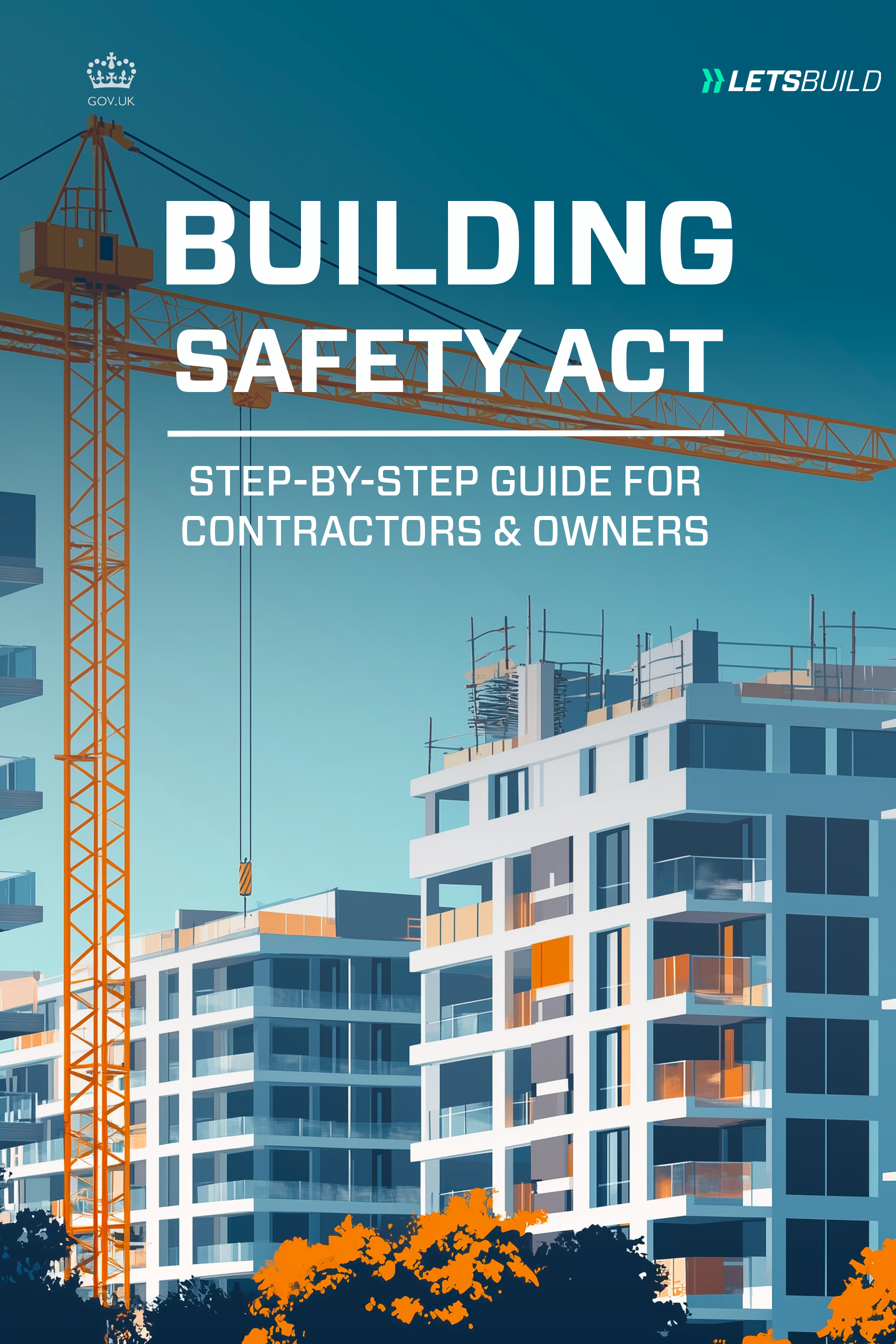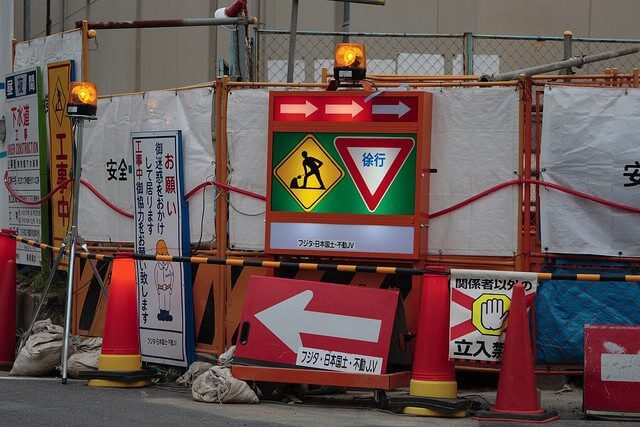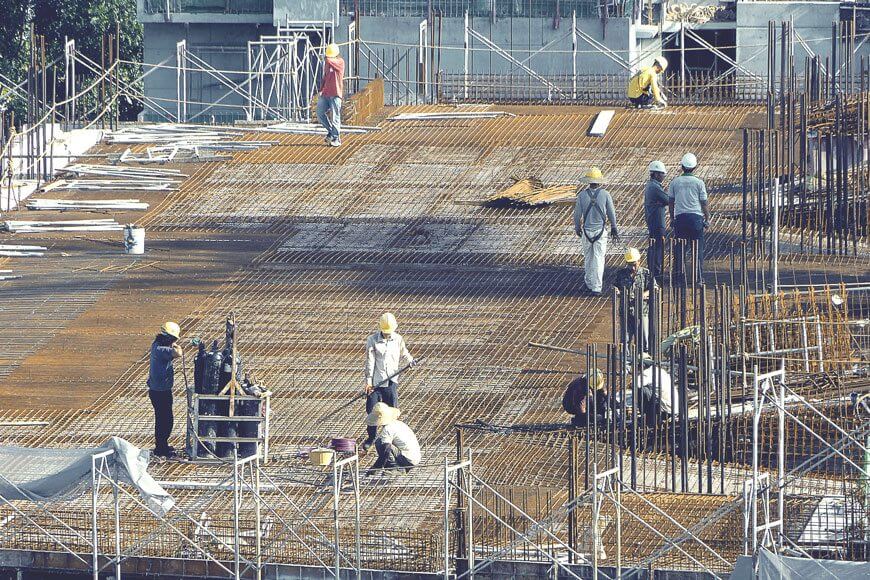The American Institute of Architects (AIA) designs and sells hundreds of contract documents – AIA contracts. These forms define everything that will happen during a project’s design and construction.
AIA contract documents are standard for the construction industry and are widely used to facilitate communication and make projects more predictable. Ultimately, they make finishing a project on time and within its budget easier.
These construction contracts govern every aspect of a project, from its scope to final payments. This makes it crucial for every contractor to understand how to use AIA forms and the implications of what they sign.
So, here’s the scoop on AIA documents and how to avoid delays, payment interruptions, and more by changing the way you manage contracts.
Free eBook: Unveiling the Path to Digital Transformation in Construction
What is the purpose of AIA contracts?
The AIA offers a seemingly endless list of contract templates that cover each stage of the design and construction process. While they are customisable, each AIA form uses many industry defaults – negotiable retainage, process billing, etc.
For example, AIA contracts typically outline the following:
- How much is to be paid
- Procedures and terms for payment
- How payment is to be made
- Whether or not payment is held in retainage
- How to handle disputes
- What work must be done
However, because AIA contract documents cover basically every part of the construction process, each one varies in what it covers. One AIA form might be 50 pages of legal jargon, while another might be short, concise, and simple.
More to read: What are preliminaries in construction contracts?
Different types of AIA contracts
The AIA divides its contract documents into seven series, each one categorised based on the form’s use and purpose.
- A Series contract documents consist of owner/contractor agreements.
- B Series AIA forms cover owner/architect agreements.
- C Series contracts are for agreements between any other parties.
- D Series documents contain miscellaneous contracts.
- E Series forms cover construction sustainability, BIM, and digital data.
- F series documents refer to facility management and maintenance.
- G Series AIA contracts relate to project management and administration.
All AIA forms are customisable, and the AIA updates its contracts to ensure fair terms, comply with legal changes, and reflect current industry best practices.
Most common AIA forms
There are plenty of AIA forms that you probably won’t see during your construction career, but there are also some that we can almost guarantee you’ll use over and over. These contracts include:
- AIA Contract Document A101—a standard agreement between the project owner and contractor. This AIA form sets payment details, when construction begins, deadlines, and dispute resolutions, among other provisions. The A101 document is typical for large-scale projects.
- AIA Contract Document B101—a standard agreement between the project owner and architect. This agreement outlines each party’s responsibilities, the scope of the architect’s work, payment processes, and how to resolve disputes. The B101 contract also defines supplemental and additional services performed by the architect.
- AIA Contract Document C401—an agreement between the architect and their consultant(s). This document describes the consultant’s responsibilities, scope of work, compensation details, and various other provisions. Consultants can be other architects or engineers who engage in the project.
- AIA Contract Document A201—a form outlining the general conditions of the project and construction process. Many other AIA contract documents refer to the A201 (including A101 and B101) to describe the responsibilities and rights of the owner, contractor, and architect. This form applies to design-build projects and also includes information on bonds, insurance, disputes, etc.
You might also like: What is a submittal in construction? A comprehensive guide
When do you need an AIA contract?
Construction best practices dictate that you should use AIA contracts for basically every project, whether it’s commercial or residential. The AIA creates these forms to be fair, reasonable, and thorough.
Because AIA contracts are so widely used, most contractors and project owners will have at least some understanding of AIA documents and how they work. AIA forms aim to protect both parties and ensure proper execution, delivery, and payment.
While AIA contract documents are an industry standard, it doesn’t mean they’re the only option. There are paid and free alternatives, but when it comes to minimising risk and establishing clear responsibilities during our projects, we prefer sticking with the best.
A good contract document reduces the chances of work disputes, legal battles, and payment disruptions, all things that can cause your project to go off the rails.
How to create an AIA contract
The first step to creating an AIA form is finding the right document – you can see the current AIA contracts here. You can search by document type, project type, or role to find the contract you need for the project.
If you’re unsure of which contract is right for the job, you can get recommendations with a free AIA Contract Documents account by answering some questions with the “Help Me Select an AIA Template” tool.
After selecting a document from a custom or standard template, you’ll need to create an agreement and form. AIA Contract Documents has various tools available, including a clause library, variance checker, and document sharing for easy collaboration. You can view the company’s guide to creating AIA contracts here.
We recommend running your final AIA form by a construction lawyer to ensure that your document meets the project’s needs and relevant legal requirements before handing it off to other parties to sign.
While AIA Contract Documents make it relatively easy to tailor a contract to your needs with its online service, the real problems occur when it comes to managing all of those forms.

Why tracking AIA contracts is challenging and time-consuming
Managing multiple AIA forms on a jobsite isn’t easy. Every time a new contractor enters the project, or there are changes to the project, more contracts come up to keep track of.
And it’s likely that those new contracts refer back to other previous contracts, which might refer to even older contracts—it’s nothing but a wild goose chase, the last thing you want on your construction site.
There are several problems that can pop up when managing AIA contracts:
1. AIA forms go through multiple systems
All of those intertwined contracts go to different departments in your construction company, ending up in a different system each time.
Then, each of those departments criticises parts of the contracts and uses them for different purposes, making the mess of contracts even larger than when you had to dig for the ones they referenced in the first place.
Getting them back together will take hours and probably result in you wasting time scanning and retyping documents that should have been in the system already.
2. The process is isolated
We mentioned that every department with a copy of those contracts uses them for various means—this brings up a whole new problem. If multiple departments are making notes on the contracts separately or doing who knows what with the documents, no one else really knows until someone does an audit.
This isolated process can result in disaster when each department has different ideas about what those AIA contracts mean.
3. There’s no transparency
No matter the size of a construction company, different people often work in different groups, working on their own things without a clue about what’s happening in other departments. One team creates an AIA form or receives a pending one, and they notify who they think needs to be contacted.
But there are almost always others that the contract affects, so what happens to them?
They get a contract they didn’t know existed dropped into their laps at the last minute with no option other than to accept it. This lack of transparency directly hurts your business, your workers, and your bottom line.
Further reading: How construction companies can leverage the power of data
Easily manage and track all of your AIA contracts with LetsBuild
The key to better AIA contract management is digitalisation – just ask construction management expert Carlo Jansen.
Keeping everyone connected on and off-site is crucial for every step of the construction process; there’s no reason to exclude AIA forms and contract management from this fact.
Everyone from construction executives to subcontractors can benefit from digitalisation. It makes following contracts from creation to fulfilment easier than ever.
And with LetsBuild, going digital has never been so easy.
- Keep your contracts in one place.
With construction management software, you can store all of your important files (like AIA forms) in a central location that anyone can access, whether they need to look into current or past documents.
Plus, with LetsBuild’s integrations, you can manage, track, and share those files with the systems your team already knows and uses.
- Take advantage of a single source of truth.
Without digital contract management solutions, you have contracts scattered between departments, and none of them are in the same shape as when they were sent out. But with the right software, you can keep those contracts in a single source of truth for everyone to see and use.
If a contract changes or needs reviews, you can notify everyone affected immediately, no matter where they are.
- Maintain full transparency throughout the process.
Anyone you allow access can check on current and past AIA forms. This means they can see who is working on contracts, correct errors, make changes and get in touch with anyone who needs to know about it.
With everyone working together, this transparency leads to better collaboration, communication, and, ultimately, a better contract.
So, stop chasing down your AIA contract documents and start managing them all in one place with digital construction tools. Book your personalised demo of LetsBuild today – better construction management starts here.




